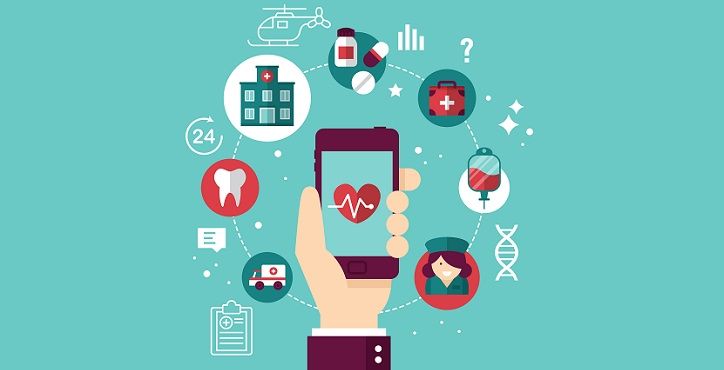David Sawin Details Possibilities for Hospital Apps
“These technologies are here today, these types of apps are in market...think big, start small, and act fast.”

A continuing theme in the health tech sphere involves those in healthcare admiring the way other industries have been able to harness technology. That example repeated itself onstage in Philadelphia at the HIT Summit late last week.
In a speech entitled “What if Steve Jobs was Your Hospital CIO?” MobileSmith Vice President David Sawin flashed through examples of consumer applications, many of them in retail, to demonstrate the mobile possibilities that hospital systems may be able to deploy. Many of them had to do with positioning services, wait-time estimations, and status alerts. Hospitals, Sawin believes, could make good use of such functions.
Wayfinding, he believes, could be a boon feature for hospital apps.
“These wayfinding technologies can go way beyond just helping a patient find which clinic he or she needs to go to. There’s indoor positioning, indoor mapping, real-time status integration, beacons, and location-based messaging…they’re very powerful tools to drive different types of improvements…that can influence the patient experience,” he said. They also can be used for internal applications, alerting staff what devices in the building may need maintenance, where they are, and what they need. His company has worked with the VA on such applications.
Sawin discussed other health groups for whom his company had helped create apps, including Carle Health Systems in Illinois. The Carle Foundation Hospital app is a hospital-access map that allows patients to book, find, and pay for health appointments. Other service-line apps, like those for pregnancy or bariatrics, allow patients to track progress and protocol for medical situations and speak to physicians remotely.
He believes that a good app can help make a hospital more competitive, pointing to the Inspira Health Network in southern New Jersey, in close proximity to several major medical centers. Inspira’s application points patients to the closest urgent care center with the shortest wait time, and allows them to speak directly to a medical concierge.
“They’re measuring the results of this in terms of increased numbers of people joining their health system, because it’s so easy to get an urgent care visit. They remotely check in, they show up, and then that person becomes a long-term customer,” he claimed.
In the future, he envisions prescribed, comprehensive apps, where one detects a potential health situation and directs you to another app. “Maybe a bariatrics app, so you could learn about this life-saving procedure that you might need to have. And then you sign up for that initial visit, when the day arrives you get a reminder, it gives you directions on how to get to the facility, it finds your parking place for you and remembers your parking place…then when you get inside the facility you see a reminder of what room you need to go to…”
“These technologies are here today, these types of apps are in market. You don’t have to wait until the EMR is perfectly conditioned to get these things going,” he closed. “Think big, think where you want to go, start small, and act fast.”
Healthy Bottom Line: The Trouble With SDOH Programs and the Secret to Improving Them
September 28th 2021Several problems exist with current programs that address social determinants of health (SDOH); however, a new social model aims to combat these issues and improve the programs’ effectiveness.